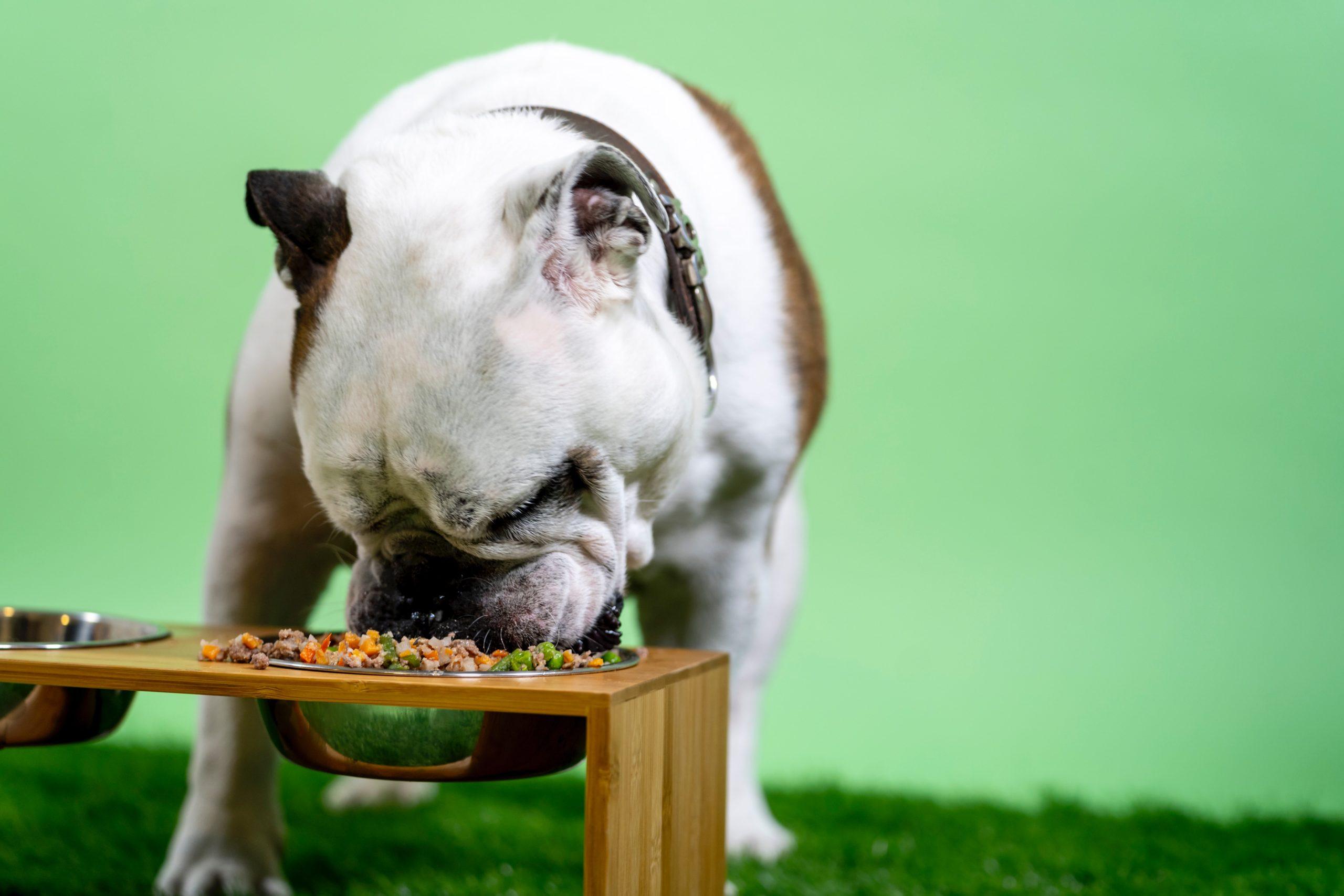7 Tips for Bathing Your Dog This Winter

The winter months can make owning an animal more difficult for some people. The icy sidewalks can hinder walks and cold temperatures mean less outdoor time and the cold could make bathing difficult. It’s always possible to bring your pet to a groomer, or pet shop to bathe, but in the event that you’re looking to cut expenses or don’t need to worry about taking your dog to a groomer for bathing, the best option is to wash your pet at home, using the correct shampoo, the temperature of water the drying method and much more. What are some cute puppy names you can think of? The dog name generator can help you get a variety of names for your dog.
Do You Have the Ability to give your dog a bath in Winter?
The simple answer is yes, in part because winter isn’t a reason to stop dogs from taking baths. Dogs suffering from yeast or bacterial illnesses can also be helped by medicated bathing.
How Often Do You Need to Bathe Your Dog During the Winter?
The most common practice is to bathe once per month.
Naturally, the schedule can also depend on the breed and its environment. There are dogs who can go months without bathing, according to Renee Rhoades, head dog behavior specialist for R+ Dogs. If you’re having questions regarding your dog’s breed and coat consult their groomer or veterinarian.
What if your dog doesn’t Like Bathing?
If your dog or dog isn’t used to bathing, introduce the space the dog will be bathed in before they begin to form an emotional connection with the idea, Rhoades says. Sprinkle tasty food into the bathing area, and let your dog play. Invite your dog to the area to spread treats or food. Repeat this often, gradually adding water and then scrubbing.
Tips to Bathe Your Pet in the Winter
Bathing your dog during winter comes with some challenges however, the overall strategies are similar to those you’d do in warmer climates. Check out below:
1. Brush and Comb Prior to bathing
When you are getting your pet wet be sure that all tangles are removed.
2. Find a spot to bathe
Your dog’s size, as well as the facilities you have at home since you’ll likely have to bathe inside–will greatly decide where you’ll bathe your pet. If your home has a huge bathroom sink, a smaller dog could fit in there. In other cases, the walk-in shower or bathtub is ideal. Set a towel or mat on the floor if it’s slippery. Pro tip? “Leash your pet and ensure you ensure you have a hook to attach your dog up to the wall, so that the dog doesn’t attempt to escape,” Bissantz says.
3. Select Your Shampoo Carefully
Before purchasing shampoo, you should consider whether your dog is allergic, Bissantz says. Consider the reason for the bath. Do you want to eliminate unpleasant odors? To treat a skin problem? Do general cleaning? Make sure you select an animal-friendly shampoo since human shampoos could cause irritation.
If you’re looking for general advice, try an oil-free shampoo that contains colloidal oatmeal as well as conditioners that contain shea butter and coconut oil, and aloe vera, to bring moisture to your face, Attas says. What do you think of dry shampoo? Bissantz has had no success with these however he warns they fail to absorb or blow off the dog can take a lick or ingest the shampoo.
4. Start Diluting
Shampoos and conditioners must be mixed prior to using them so that they are easier to wash out, Bissantz says. Although a small dog may require about a half-ounce shampoo for every 12 ounces of water, a bigger dog would require about 1 to 2 ounces for 12 ounces.
5. Make sure you are getting the right temperature
The ideal water temperature is based on body temperature. The body temperature of dogs is just a little higher than humans so the water must at least have a warm temperature, Rhoades says. If the dog suffers from an issue with their heart or is struggling, Bissantz will use a lower temperature to ease them. Examine the water on your skin first.
6. Do Your Dog a favor and distract him
To keep your dog from wandering around and flitting around, spread peanut butter on an even surface that is in a position where your furry friend can enjoy licking it while bathing.
7. Look out for spots that are easy to miss.
Be sure to clean your elbows, paws, behind and beneath the ears, as well as under your tail Bissantz says. Since many dogs do not like being sprayed with water, Rhoades suggests using a washcloth to clean their faces.

